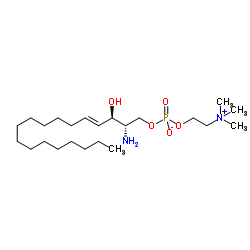| Structure | Name/CAS No. | Articles |
|---|---|---|
 |
Methanol
CAS:67-56-1 |
|
 |
D-erythro-Sphingosylphosphorylcholine (Synthetic)
CAS:1670-26-4 |